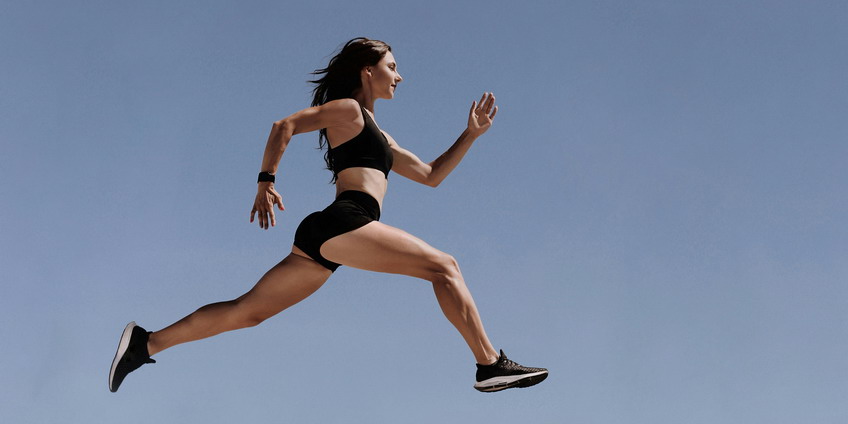036. Jumping
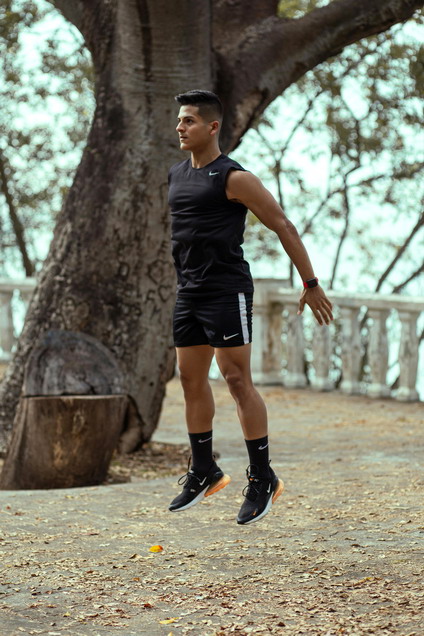
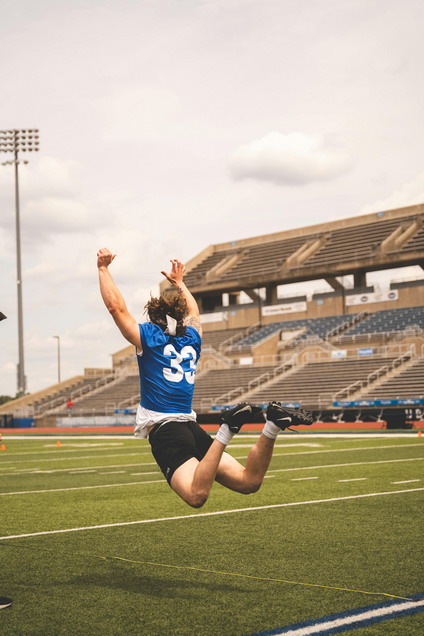
Jump is a manifestation of bodyweight peak power.
While Olympic lifting represents explosive peak power applied towards the movement of an external object, jump represents explosive speed dominant peak power applied to the movement of our body.
Jump is an instantaneous action in which our body is propelled into air from the static stand or from the run-up motion. It could be quite useful in everyday life. Just think about reaching a fruit on a high branch or skipping over obstacles in the woods or jumping to the other bank of a stream. We all did a lot of jumping in the childhood. Later on, in the adult age, we forget about it and never jump again. It’s a pity, because jump is a synonym for vitality and everyone should practice it from time to time.
Standing high jump (aka vertical jump) and standing long jump (aka horizontal jump or broad jump) are the best for power development. Both are performed from the standing still position, with no run-up. All you have to do is lower yourself to parallel squat and jump with both feet together. For high jump, try to jump as high as possible. In case of a long jump, jump forward as far as possible. Focus on explosiveness and maximal effort. Swing arms vigorously to get momentum, because momentum will help you in jumping higher or farther. If your goal is maximal peak power manifested as the highest or farthest jump, avoid any additional weight. For strength dominant power, you should use additional weight.
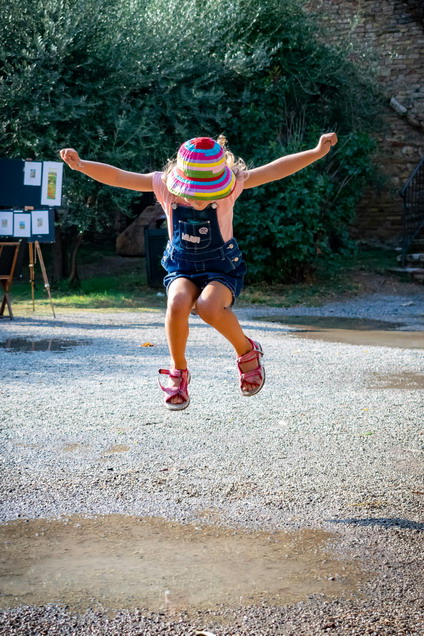
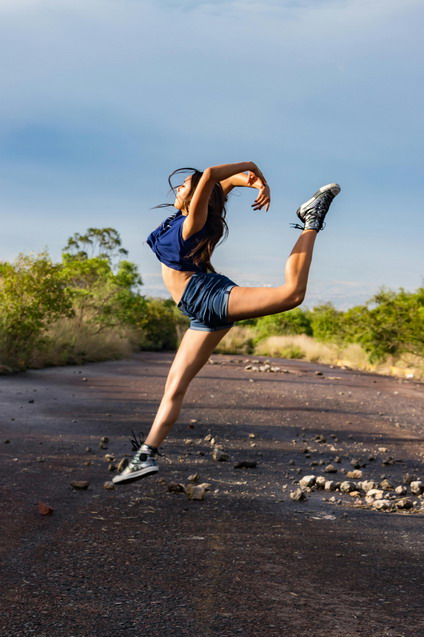
As stated above, standing jumps are executed with both feet at once, simultaneously. It means both legs are extended in synchronicity. These simple jumps rely on pure leg power, with no complicated technique. If you wish to experiment, try athletic jumps executed from the run-up, like long jump, high jump and triple jump. Keep in mind that these jumps are official Olympic disciplines and involve some techniques.
From the power standpoint, complex or acrobatic jumps have absolutely no purpose. Therefore, you should forget about ski jumping, pole vault, diving (jumping into water), parkour, jumping on trampolines, skipping rope, skateboard jumps, etc. Beside being hard to learn and perform, many of these jumps are seriously dangerous.
Jumping exercises are also known as plyometrics or Soviet shock method. If additional load or weight is used for jumping exercises, such form of training is called loaded plyometrics.
